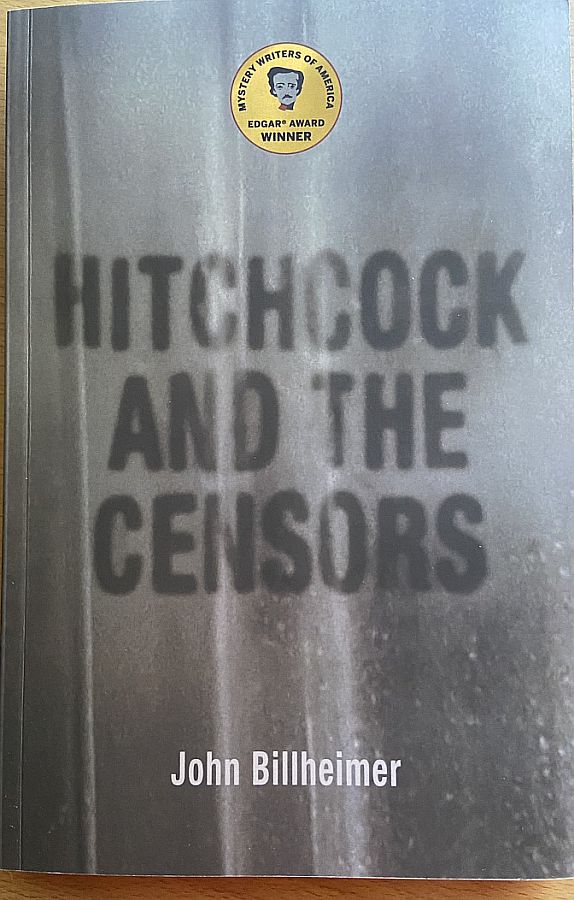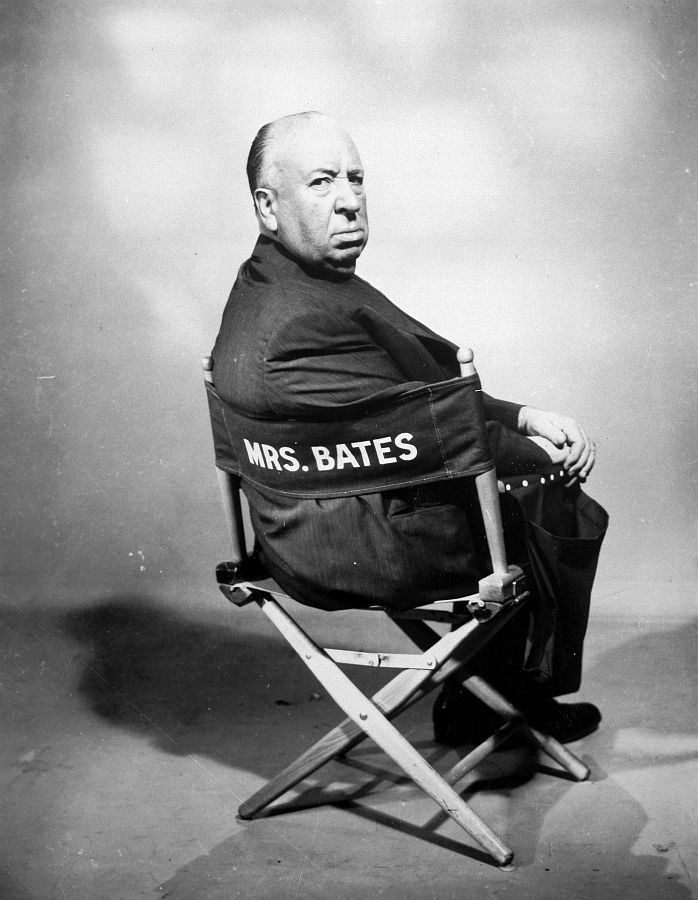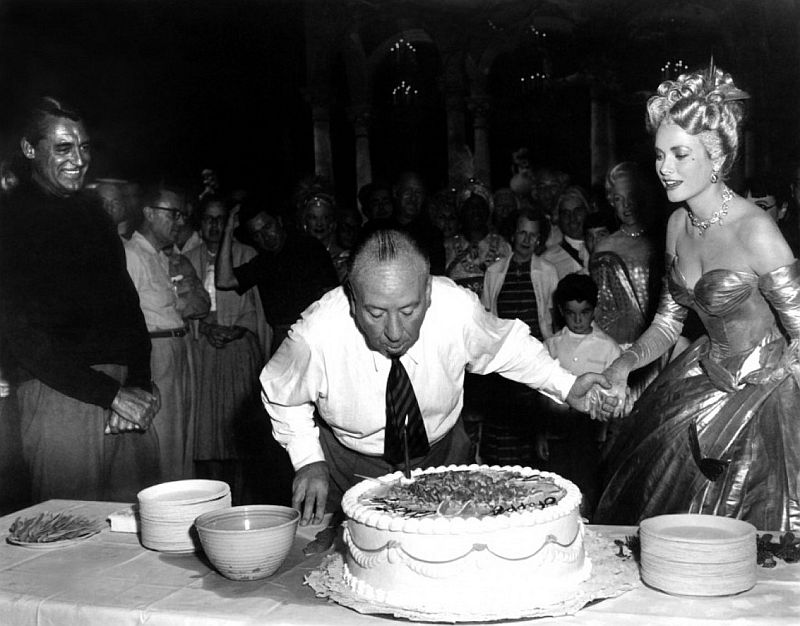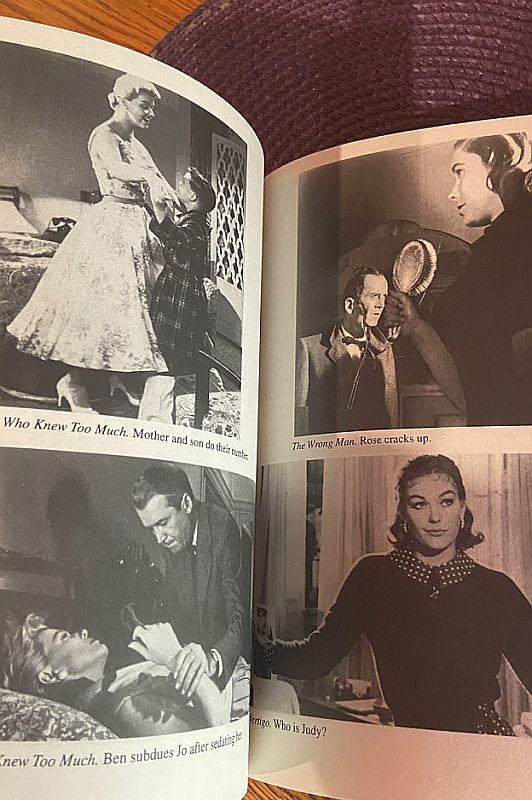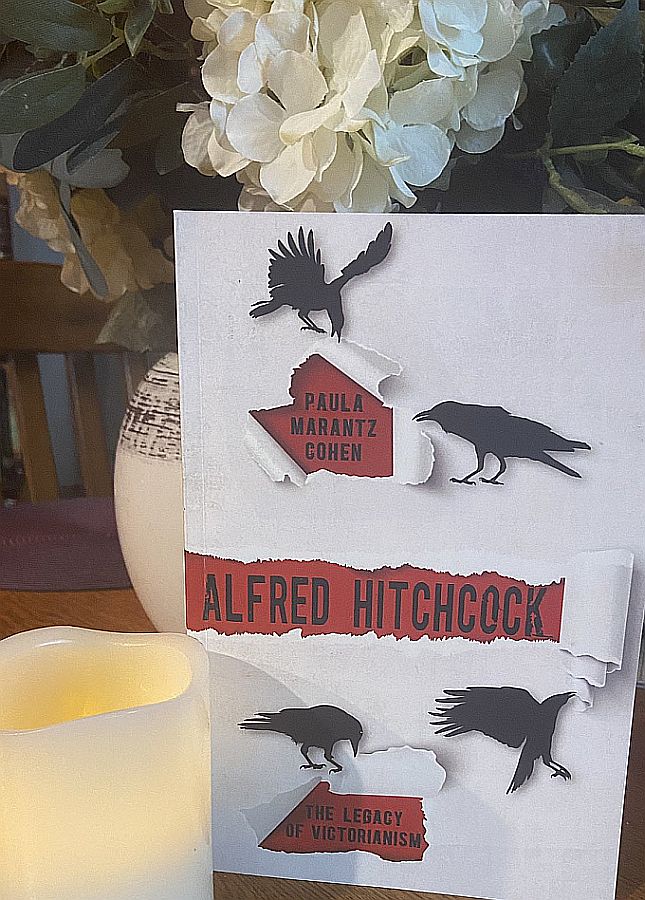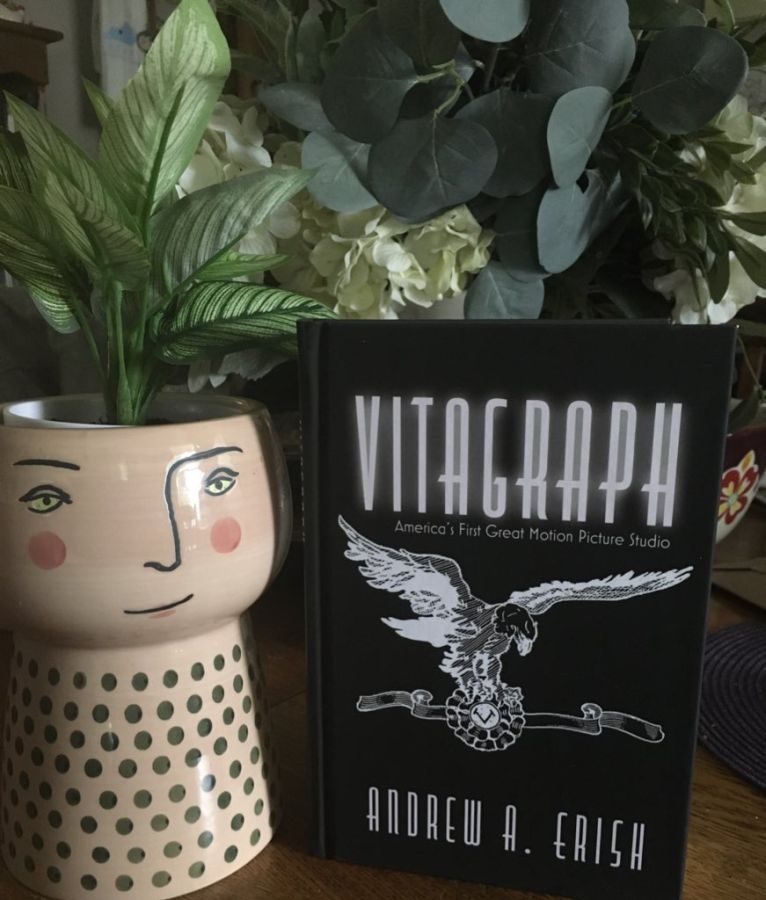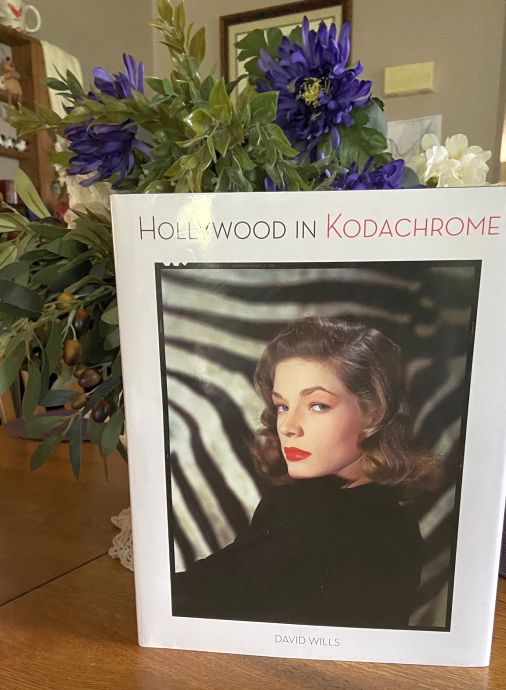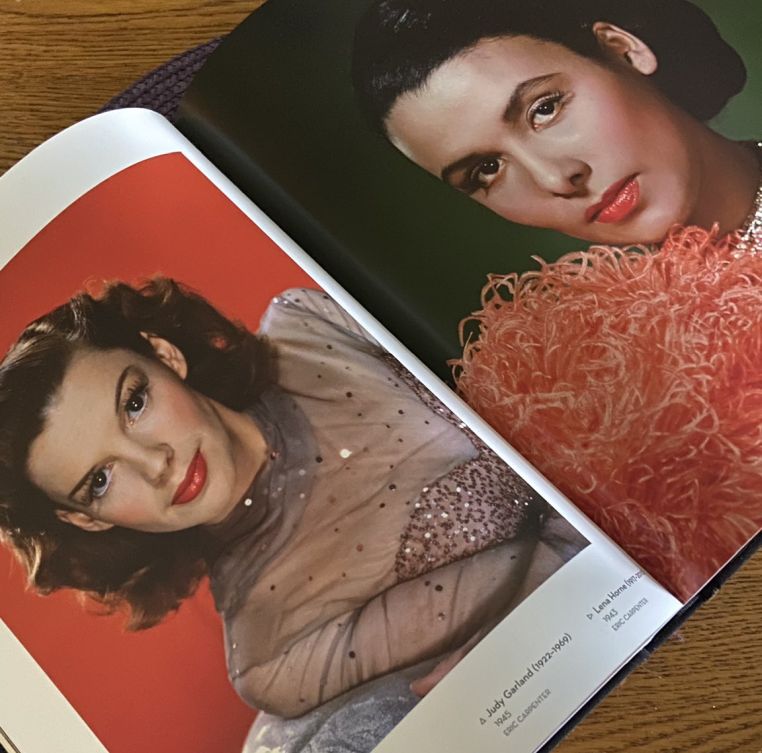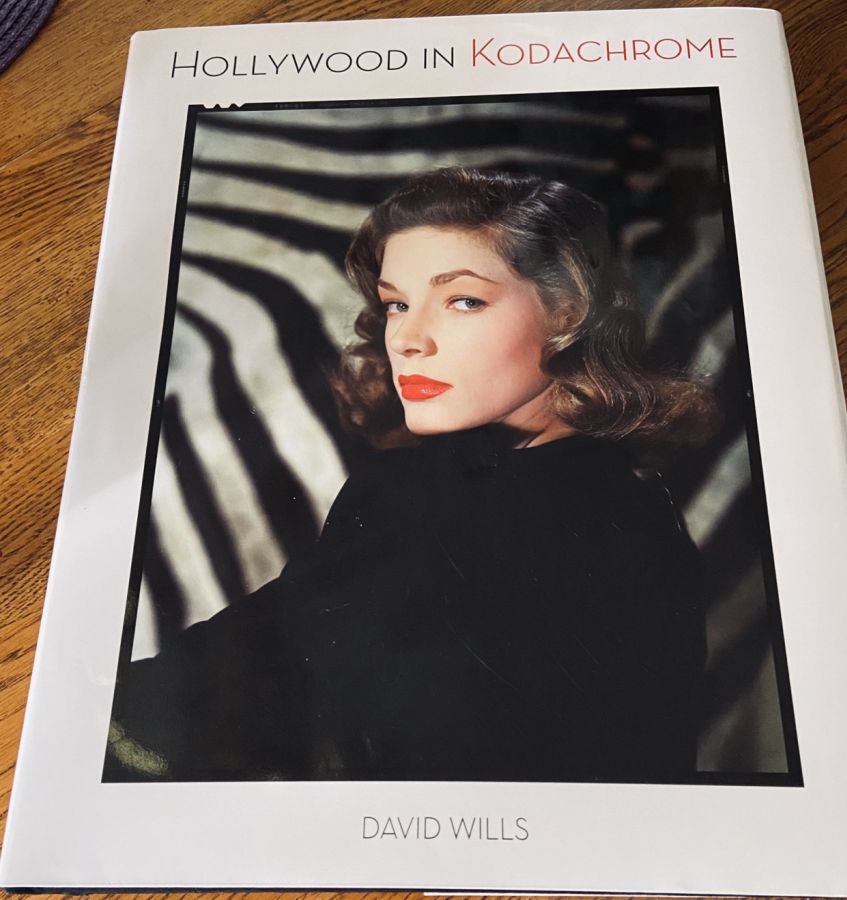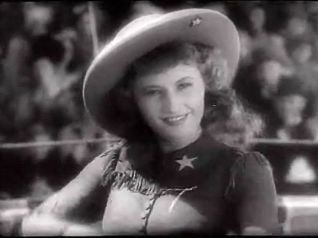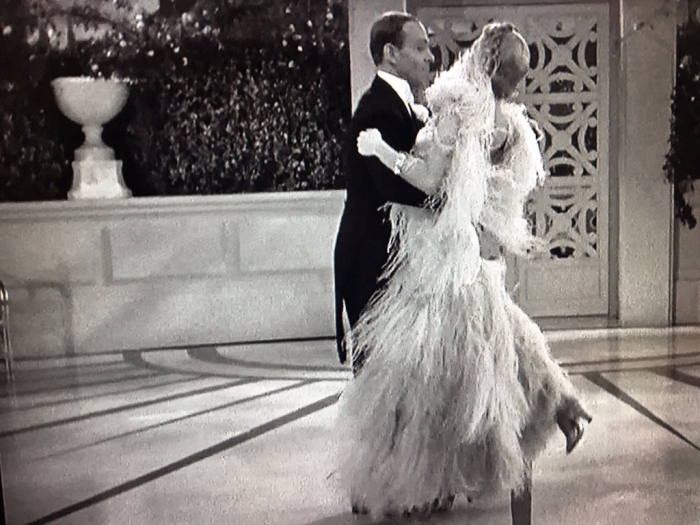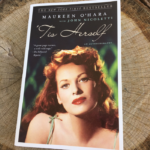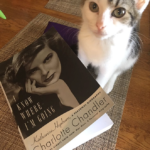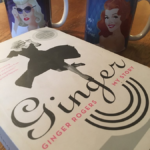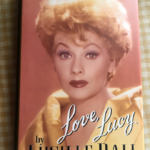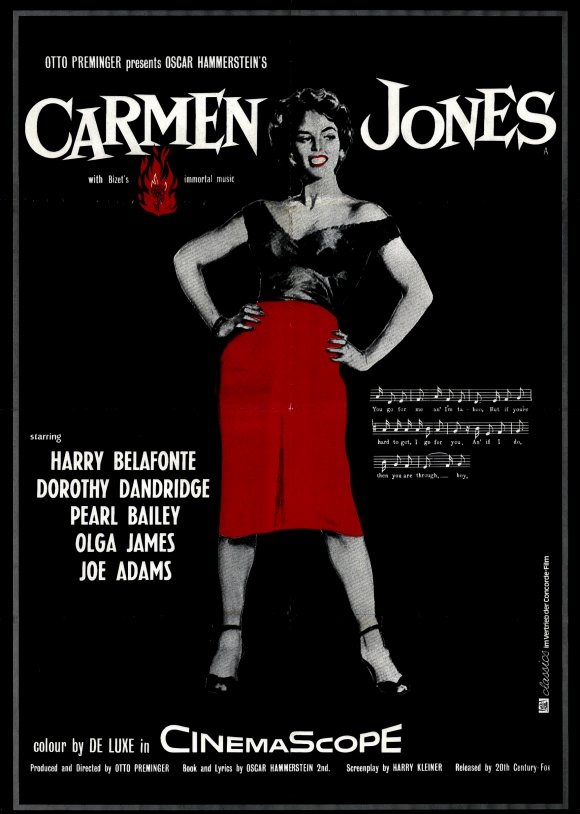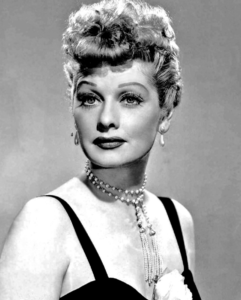Hitchcock and the Censors
Though I have never taken Film History college courses, I do consider myself somewhat of a film historian. I mean, I’ve probably read as many books about Hollywood (primarily old Hollywood) as any film historian with a degree to show for their efforts! The main differences are that I never have to pass difficult tests, write essays, finance the great education, and (admittedly) my self studies are confined to old Hollywood, whereas those with college educations study a far greater number of films and different eras.
I have built up (and continue to do so regularly) a wonderful library of books that provide a wealth of information. Books about Alfred Hitchcock, not surprisingly, provide a great deal of information and insight into making films during that particular period of time.
Description of Hitchcock and the Censors From Amazon:
Edgar Award Winner: This lively account of the director’s battles with the Code Office is “an essential addition to any Hitchcock shelf” (Mystery Scene Magazine).
From 1934 to 1968, the Motion Picture Production Code Office controlled the content and final cut on all films made and distributed in the United States. Code officials protected sensitive ears from standard four-letter words, as well as a few five-letter words like tramp and six-letter words like cripes. They also scrubbed “excessively lustful” kissing from the screen and ensured that no criminal went unpunished. Thus, throughout his career, Alfred Hitchcock had to deal with a wide variety of censors attuned to the slightest suggestion of sexual innuendo, undue violence, toilet humor, religious disrespect, and all forms of indecency, real or imagined.
During their review of Hitchcock’s films, the censors demanded an average of 22.5 changes, ranging from the mundane to the mind-boggling, on each of his American films. Code reviewers dictated the ending of Rebecca, absolved Cary Grant of guilt in Suspicion, edited Cole Porter’s lyrics in Stage Fright, decided which shades should be drawn in Rear Window, and shortened the shower scene in Psycho.
In Hitchcock and the Censors, John Billheimer traces the forces that led to the Production Code and describes Hitchcock’s interactions with code officials on a film-by-film basis as he fought to protect his creations, bargaining with code reviewers and sidestepping censorship to produce a lifetime of memorable films. Despite the often-arbitrary decisions of the code board, Hitchcock still managed to push the boundaries of sex and violence permitted in films by charming—and occasionally tricking—the censors and by swapping off bits of dialogue, plot points, and individual shots (some of which had been deliberately inserted as trading chips) to protect cherished scenes and images. By examining Hitchcock’s priorities in dealing with the censors, this work highlights the director’s theories of suspense as well as his magician-like touch when negotiating with code officials. Read more on Amazon (Amazon link).
Alfred Hitchcock on the Set of Psycho
Alfred Hitchcock is a favorite director of many film lovers (including mine). The man was a genius. After reading Hitchcock and the Censors by John Billheimer, I’ve realized that he was even more of a genius than I ever gave him credit for!
From the Back Cover
Throughout his career, Alfred Hitchcock had to contend with a wide variety of censors attuned to the slightest suggestion of sexual innuendo, undue violence, toilet humor, religious disrespect, and all forms of indecency, real or imagined. From 1934 to 1968, the Motion Picture Production Code Office controlled the content and final cut on all films made and distributed in the United States. During their review of Hitchcock’s films, the censors demanded an average of 22.5 changes, ranging from the mundane to the mind-boggling, on each of his American films.
In his award-winning Hitchcock and the Censors, author John Billheimer traces the forces that led to the Production Code and describes Hitchcock’s interactions with code officials on a film-by-film basis as he fought to protect his creations, bargaining with code reviewers and sidestepping censorship to produce a lifetime of memorable films. Despite the often-arbitrary decisions of the code board, Hitchcock still managed to push the boundaries of sex and violence permitted in films by charming—and occasionally tricking—the censors, and by swapping off bits of dialogue, plot points, and individual shots (some of which had been deliberately inserted as trading chips) to protect cherished scenes and images. By examining Hitchcock’s priorities in dealing with the censors, this work highlights the director’s theories of suspense as well as his magician-like touch when negotiating with code officials.
I have a peculiar habit when meeting a new book that I have probably confessed on the old Hollywood blog before… I go straight to the index and search for names of my favorite stars… then I read what is said about each one on the pages listed. I know, I know, it goes against every rule of reading a book from front to back, but I find that I simply MUST read about my favorites before actually beginning at the first.
When I first sat down with this fascinating book, I found SO MANY of my favorites listed in the index that I grabbed a tall glass of raspberry tea and settled in my favorite den chair and got comfortable. Maureen O’Hara, Henry Fonda, James Stewart, Lucille Ball, Barbara Bel Geddes, Ingrid Bergman, Robert Montgomery, Ethel Barrymore, Anne Baxter, Joan Fontaine, Grace Kelly, Janet Leigh, Cary Grant… I found a wealth of information for each star and, in spite of reading about each one regularly, learning new things about many of them along the way.
Make no mistake about it, however, Alfred Hitchcock is the star of this show and rightfully so. I have more profound respect for him, his talent, his PATIENCE, his willpower, and his lasting fingerprints on moviemaking and film as we know it.
There were about 20 times, in the course of reading this book that I LITERALLY closed the book, sat it down, and took a moment to process what I had read… to absorb, if you will, the boldness of of the man and the magic of the legend.
I was fascinated beyond belief the number of battles he had to wage over somewhat expected things such as kissing to a fairly unexpected wink that, in my opinion, brilliantly and poetically closed his career. Whether you love film history, Hitchcock, and/or MANY of old Hollywood’s greatest stars, this is absolutely the next book you need to add to your library.
You can find this wonderful book on University Press of Kentucky or Amazon (Amazon link).
